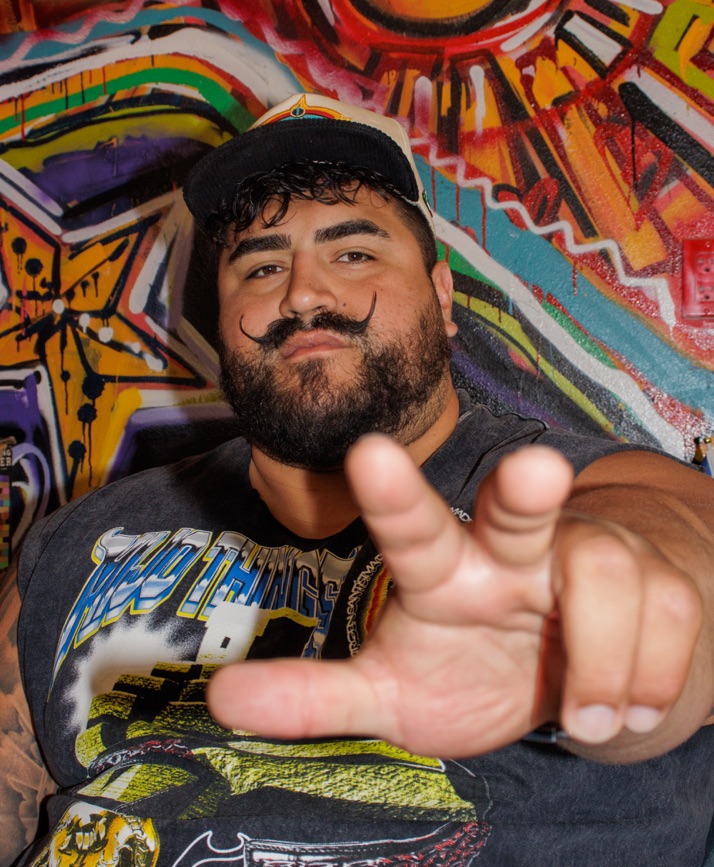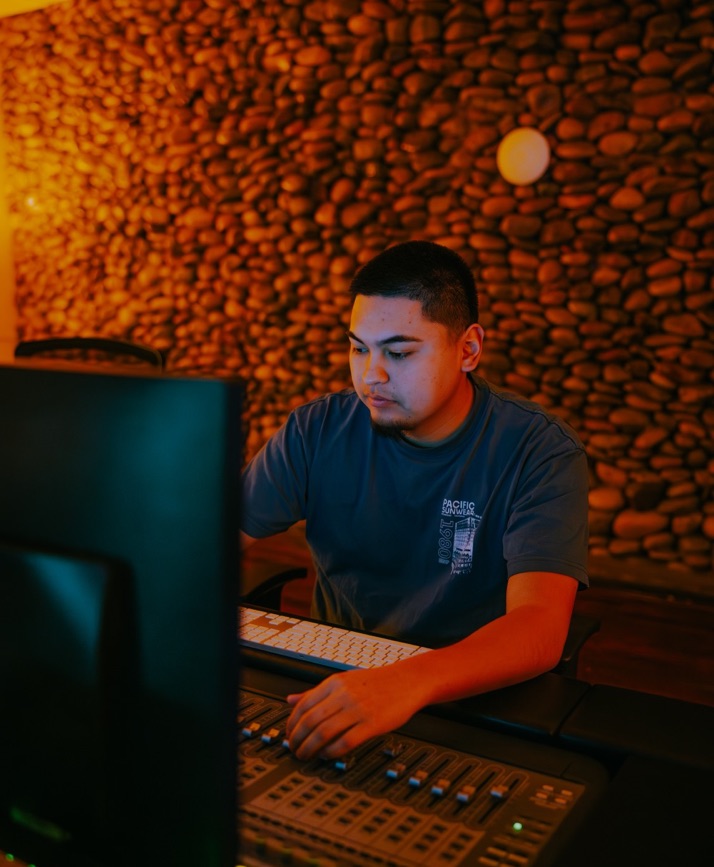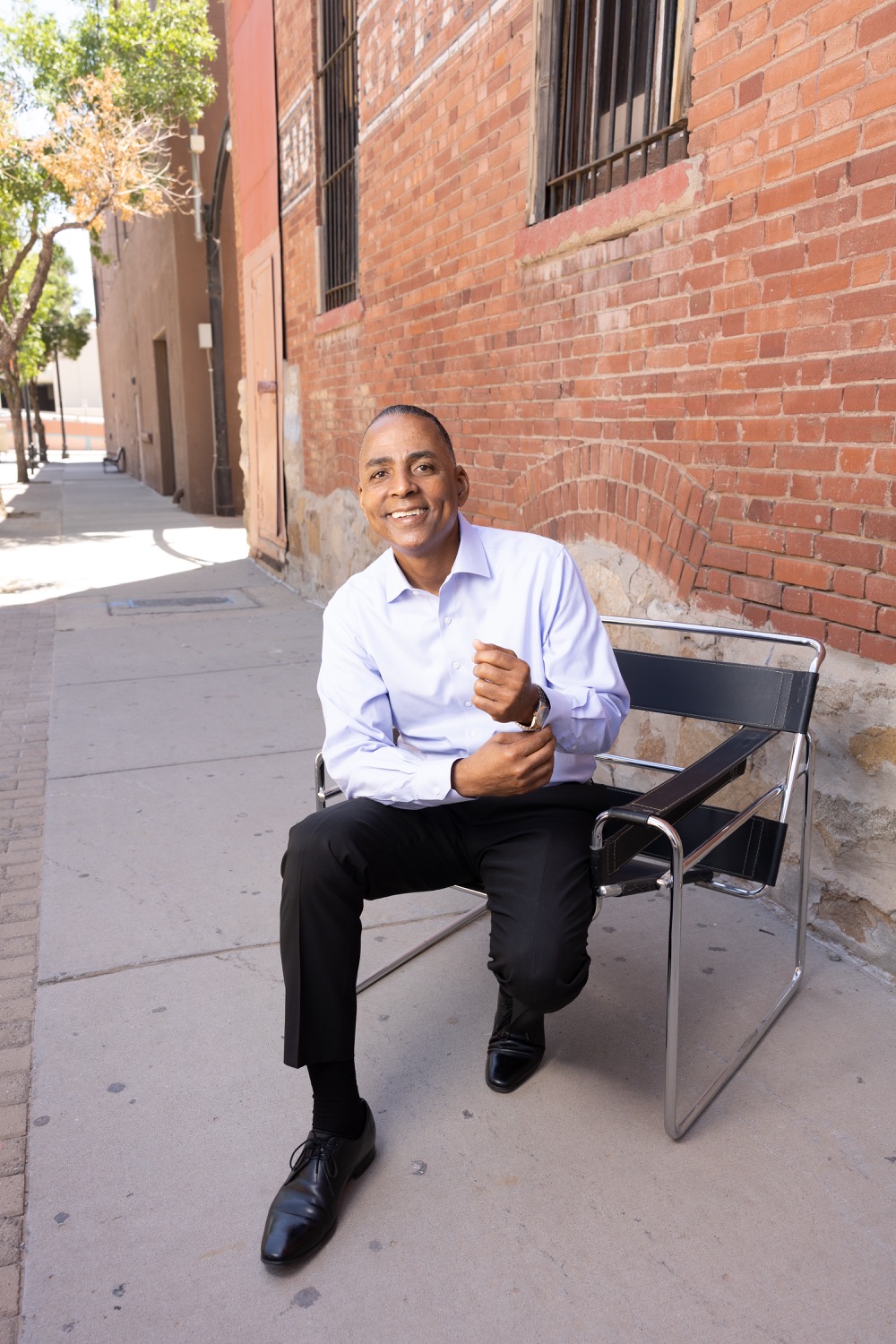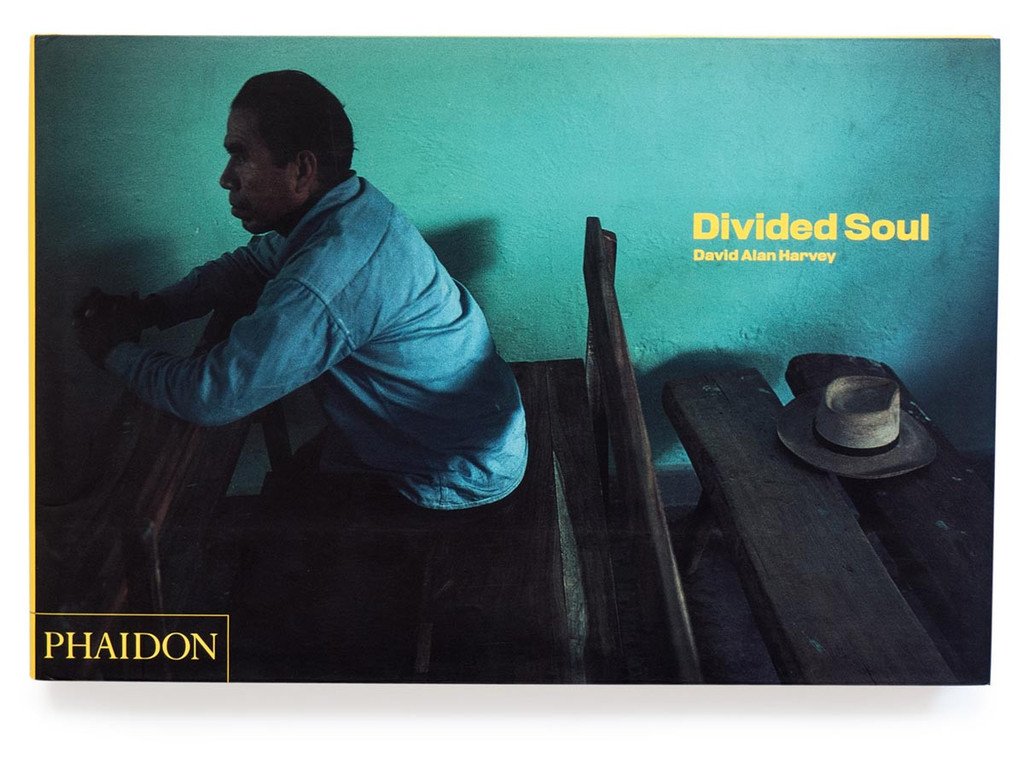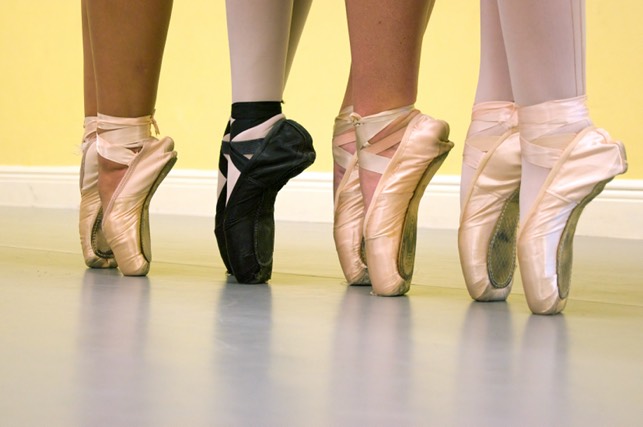
By
Claudia Flores
Photography provided by
Nylia Ballet Academy
At ages 18 and 19, most dancers must decide whether to attend college or join a professional
dance company. For Aylin Aguirre, a passion for STEM led her to graduate from UT
Austin with a bachelor’s degree in software engineering, then later pursue her love for dance by
opening her own ballet academy.
Located at 13340 Soleen Road Suite D, Nylia Ballet Academy opened its doors in the summer
of 2023, offering far East El Paso a ballet-focused dance studio. According to Aguirre, after coming back to El Paso, opening her own studio felt more like a necessity after being unable to find adult ballet classes to join.
“I started training when I was 11, and I kept dancing until I was 18. Then, I went to college
because I wanted a job that paid money – you know how the arts are. Once I did that,
I decided to come back, and was looking for adult ballet classes because I wanted to
get back into it after six years. There was none,” Aguirre says. “I was driving an hour
every day to a studio on the west side, and then I thought it was a bit extreme. So, in the span of three months, I got the idea of opening a studio. It started in March, and we opened
in late May.”
El Paso has a solid dance scene, and most studios offer ballet classes that provide
focused training in classical ballet and technique, which contributes to the development of dancersin multiple disciplines and styles, as well as opening the door for those who wish to
concentrate on ballet.
American Ballet Theater, one of the top ten companies in the world, offers a training
program nationwide for ballet instructors to provide them with the proper tools to aid in the
development of students in different areas of classical ballet. At Nylia Ballet Academy,
Aguirre is a certified ABT teacher in Pre-Primary through Level 3 of the ABT National
Training Curriculum.
“Having one of the top ballet schools in the nation backing us is proof that we know what
we’re doing. This was important for me to achieve because I need to make sure I’m at the
level,” Aguirre said. “This is not just about ‘Let me prove I can do this,’ it’s about
gaining knowledge and the training that I need to perform at the level I am teaching.”
As a team led by young women, Nylia Ballet Academy offers a daily class curriculum and
adult ballet classes for beginner and intermediate/advanced levels two to three times a week.
Ballet is not only physically demanding, but also known to be an expensive sport. Ballet requires a specific form of training, mostly provided by specialized studios and private coaches. Apparel and shoes are also key equipment for dancers. For those who are on pointe, the shoes range from $110 to $150 per pair.
In most of the top dance schools around the country, dancers are given scholarships that cover
their dance education, and in professional companies, the cost of shoes are covered and the dancers compensated for being on stage.
For Aguirre, the goal is not only to provide the community with access to a high-quality
dance education but also to transform the academy into a dance company where dancers are paid. For those who attend the school, the goal is to provide students with a small scholarship that can contribute to their dance training.
“I proved that I could earn my certification, and now one of my biggest goals is training our students not just to have good ballet technique, but so they can get to live as dancers: where they can have careers, get scholarships, and get into schools,” Aguirre says. “Ballet is an expensive sport and in reality, if you’re going to be training in a school, you must have at least four pairs of pointe shoes minimum a month – that is over $500 – so for me, it’s about giving that opportunity and access to kids who can’t afford that.”
According to marketing director Jazmine Cuevas, the academy seeks access to the
community through collaborations with local schools, fitness gyms, and local libraries.
“Different places on the east side are so down to collaborate. Schools want us to
do professional development or to be there for their military parent nights. We’re about to
collaborate with Sho-Offz Gym, which most of them are bodybuilders,” Cuevas says. “We
collaborate not only just with the east side, we’re doing a lot with local libraries, and
going to different branches for the upcoming production of Cinderella. So, it’s about to go
out into the community and show we’re here for them.”
One way that schools show the progress and talent of students is through dance recitals
or full productions, which also contribute to the community having some appreciation for
the art form.
While the academy will be presenting the production of Cinderella this upcoming spring at
UTEP’s Magoffin auditorium, the focus also lies on presenting more mature and culturally-diverse shows.
“We will be doing an Afro-Mexican performance, thinking that it’s going to be telling the
history of blackness, which has every part in it,” Cuevas shared. “We are making the whole
production from scratch. It’s going to be a very ambitious production, but we’re hoping that as we go forward with it, there is community outreach, too, creating events around it and
talking about why this is important.”
Aguirre and Cuevas shared that breaking ballet stereotypes is critical to the formation of healthy dancers, going from children to adult dancers.
“For me, I have noticed, especially with adult dancers who came back to ballet, that their biggest worry is body dysmorphia or anorexia, so as a teacher, my words have a certain weight and I’ve seen that me being body positive to them, one small compliment will change everything,” Aguirre said.
Although ballet is considered a demanding practice both physically and mentally (especially
by those pursuing it professionally) as a recreational activity, ballet provides the body with
great benefits. According to The New York Times, ballet offers both physical and cognitive benefits since it involves the use of memory and physical mobility such as flexibility and agility.
“In the Western culture, we think a lot about the mind separated from the body, but
cognition and spiritual well-being are huge parts of ballet, and if you think about the way
ballet operates, it’s actually very holistic,” Cuevas shares.




